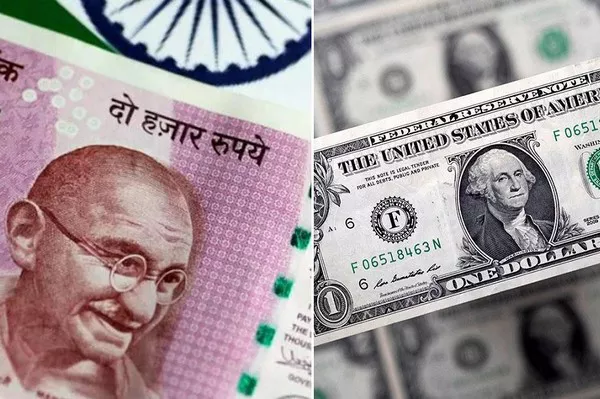In a world characterized by global markets and international travel, understanding currency exchange rates is crucial. Whether you’re planning a trip, conducting business transactions, or simply curious about foreign currencies, knowing the value of your money in different denominations is essential. In this article, we delve into the conversion of 1000 Euros to U.S. Dollars, exploring the factors that influence exchange rates and the methods for obtaining the most accurate conversions.
1. Calculating the Value of 1000 Euros in U.S. Dollars:
To calculate the value of 1000 Euros in U.S. Dollars, you would multiply the amount in Euros by the current exchange rate. For example, if the exchange rate is 1 Euro = 1.20 U.S. Dollars, then 1000 Euros would be equal to 1200 U.S. Dollars (1000 Euros x 1.20).
2. Understanding Currency Exchange Rates:
Currency exchange rates determine the value of one currency relative to another. These rates are influenced by a variety of factors including economic indicators, interest rates, geopolitical events, market sentiment, and government policies. Exchange rates can fluctuate constantly due to these factors, making it important to stay updated on current rates when converting currencies.
3. The Euro and the U.S. Dollar:
The Euro (EUR) is the official currency of 19 out of the 27 member states of the European Union. It was introduced in 1999 as an electronic currency unit and later became physical notes and coins in 2002. The U.S. Dollar (USD), on the other hand, is the national currency of the United States of America. It is one of the world’s most widely used reserve currencies and is commonly accepted in international trade.
4. Factors Influencing the Euro-to-Dollar Exchange Rate:
The Euro-to-Dollar exchange rate is influenced by several key factors:
Economic Performance: The relative strength and stability of the Eurozone economy compared to the U.S. economy can impact the exchange rate. Factors such as GDP growth, employment rates, inflation, and trade balances play a significant role.
Interest Rates: Differences in interest rates set by the European Central Bank (ECB) and the U.S. Federal Reserve can influence currency flows and impact exchange rates.
Political Stability: Political uncertainties, such as elections or changes in government, can affect currency values as investors assess the stability of a country and its economy.
Market Sentiment: Investor sentiment, risk appetite, and market speculation can lead to short-term fluctuations in exchange rates.
5. Obtaining the Current Exchange Rate:
To determine the value of 1000 Euros in U.S. Dollars accurately, it is crucial to obtain the most up-to-date exchange rate. Several resources can provide this information:
Online Currency Converters: Websites and mobile applications dedicated to currency conversions offer real-time exchange rates. Popular examples include XE.com, OANDA, and Google Currency Converter.
Banks and Financial Institutions: Major banks provide currency exchange services and often display current rates on their websites or through customer service representatives.
Currency Exchange Counters: Physical currency exchange counters located at airports, train stations, or specialized establishments typically display the current exchange rates.
6. Understanding Exchange Rate Fluctuations:
Exchange rates are subject to constant fluctuations due to the dynamic nature of global economies. Factors such as economic data releases, geopolitical events, central bank policies, and market sentiments can cause exchange rates to rise or fall within seconds or over extended periods.
7. Historical Trends and Long-Term Outlook:
Examining historical trends can provide insights into how exchange rates have fluctuated between the Euro and U.S. Dollar over time. However, it is important to note that past performance does not guarantee future results. Making accurate predictions about long-term exchange rate movements is challenging and often subject to various uncertainties.
8. Currency Exchange Costs:
When converting currencies, it’s crucial to consider associated costs. Banks and currency exchange services typically charge fees or apply margins to the exchange rate, which can impact the final value received. Comparing rates and fees across different providers can help ensure the most favorable conversion.
Conclusion:
Understanding the value of 1000 Euros in U.S. Dollars requires knowledge of current exchange rates, economic factors, and market dynamics. The Euro-to-Dollar exchange rate is influenced by numerous variables and can fluctuate significantly over time. By staying informed, utilizing reliable resources, and considering associated costs, individuals can accurately calculate the value of their currency conversions and make informed decisions when dealing with international transactions.


